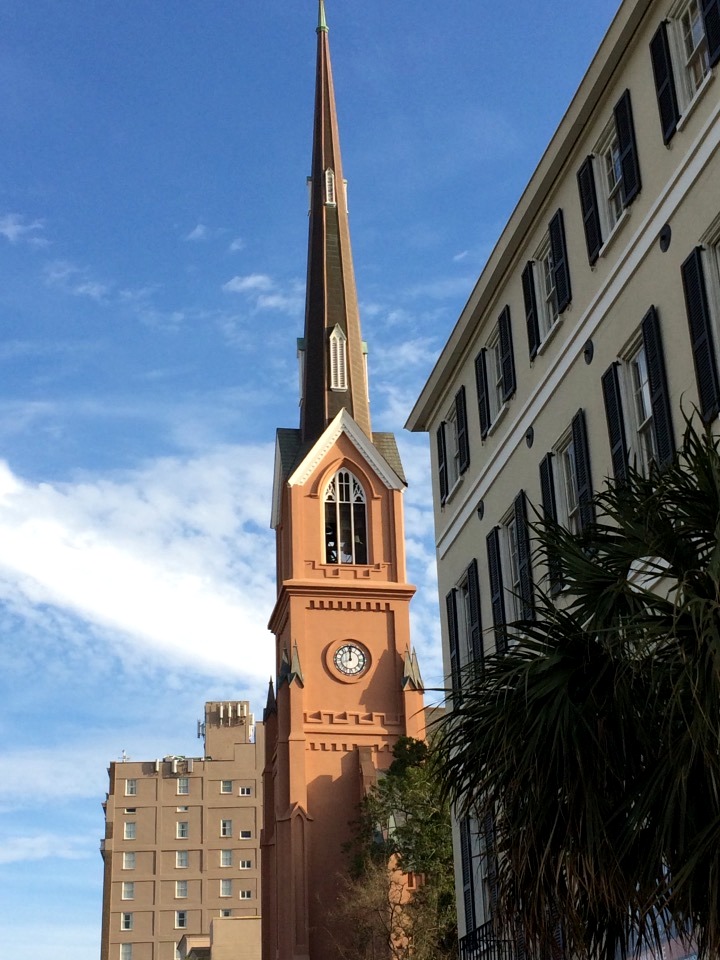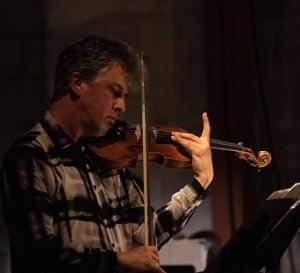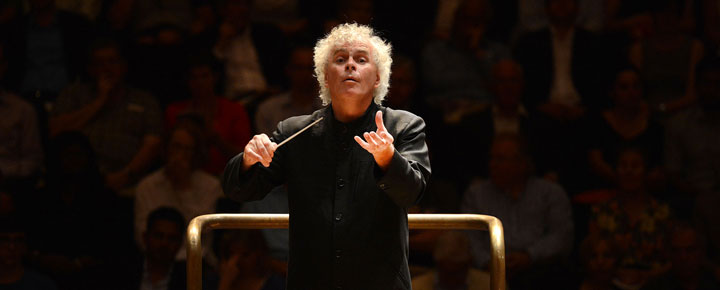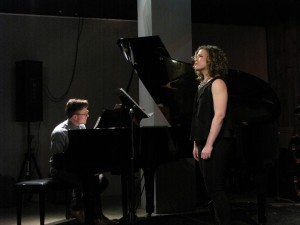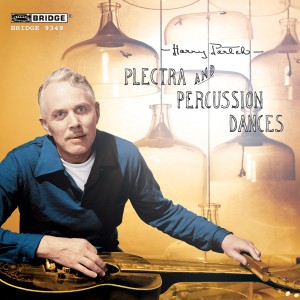 The spaciously comfortable sanctuary of the Neighborhood Unitarian Universalist Church in Pasadena, CA was the site for a concert titled gnarwhallaby: The Wild Beasts. On a pleasant Sunday evening, March 29, 2015, a nice crowd gathered to hear the six pieces on the program that included a world premiere. The concert was produced by People Inside Electronics and featured the formidable playing of the gnarwhallaby ensemble combined with historical as well as contemporary electronic sounds.
The spaciously comfortable sanctuary of the Neighborhood Unitarian Universalist Church in Pasadena, CA was the site for a concert titled gnarwhallaby: The Wild Beasts. On a pleasant Sunday evening, March 29, 2015, a nice crowd gathered to hear the six pieces on the program that included a world premiere. The concert was produced by People Inside Electronics and featured the formidable playing of the gnarwhallaby ensemble combined with historical as well as contemporary electronic sounds.
A question and answer session preceded the concert and a brief history of gnarwhallaby was recounted. It was noted that the instrumental combination of the group comprises a sort of miniature orchestra with piano, woodwind, brass and strings represented. This combination tends to drive their repertoire and much of their material has come from the late 20th century music of Eastern Europe, although they have performed a number of works by contemporary Los Angeles composers.
The first piece was Pour quatre [For Four] (1968) by Włodzimierz Kotoński (1925-2014) and this began with a series of light, rapid runs of notes from several instruments, played independently and with no common beat. Sforzando entrances by individual players appeared against this busy background and the overall effect was quite intriguing. As the piece continued, different duos of instruments would begin a section, be joined by a third instrument and then drift apart as the combinations reset. This gave rise to a procession of different textures of varying densities that was quite engaging. Although no electronics were used in this piece, the program notes state that Kotoński composed by “Eschewing strict meters, tempi and traditional score format in favor of a cue-based and texturally/temporally improvisational notational technique, the aesthetic of this piece is less like chamber music and more like the unpredictable and ineffable environment of the early electronic pieces.” All of the strong entrances were cleanly played and the wilder parts efficiently managed by gnarwhallaby, making Pour quatre the perfect reference point for the rest of the concert program.
Next was Music for Magnetic Tape and Piano Solo (1971-72) by Andrzej Dobrowolski (1921 – 1990) and for this two large speakers were placed on each side of the piano that began the piece by emitting a loud rumble of thunder. A sustained and anxious sound followed and a crash from the piano dramatically signaled the entrance of the soloist. A variety of mechanical sounds, clicks and squeaks from the speakers were accompanied by a series of rapid runs on the keyboard and the alien feel of the electronics was offset by the more musical counterpoint in the piano. Different sounds came from different speakers – at times and the piano had to compete to be heard. The electronic sounds eventually settled into a menacingly low rumble, like some sinister alien presence lurking nearby in the shadows. The piano played lightly – but still sharply – as if reflecting the anxiety that was hanging in the air. In this charged atmosphere the piano evoked a mixture of dread and fear as if waiting for the creature to strike. The electronics now became more animated, like a pin ball machine, going faster and faster. The piano responded with a series of frantic passages as if in a full panic, followed by a sudden crash and silence. Now alone, the piano issued quiet, but anxious notes as the electronics started up again with a dull roar that grew in volume, before finally fading completely away. Music for Magnetic Tape and Piano Solo is a powerful and frightening piece of music that demonstrates how effectively electronic sounds can trigger primal emotions.
The Wild Beasts (1978) by Morton Subotnick (b. 1933) followed, for piano, trombone and electronic ghost score. This work was originally inspired by an exhibition of Les Fauves paintings, and Subotnick writes: “I was left with the impression that each subject was portrayed as ‘normal’, but that we were seeing this subject through a strangely prismatic atmosphere… an atmosphere comprised of rare and possibly ‘unearthly’ gases… an atmosphere in which normal expectations of color and shape would not exist. This was the visual counterpart to my ‘ghost’ idea, i.e. a traditional musical instrument played into an unusual and continually transforming atmosphere … an atmosphere in which the normal sound expectations would not exist.”
